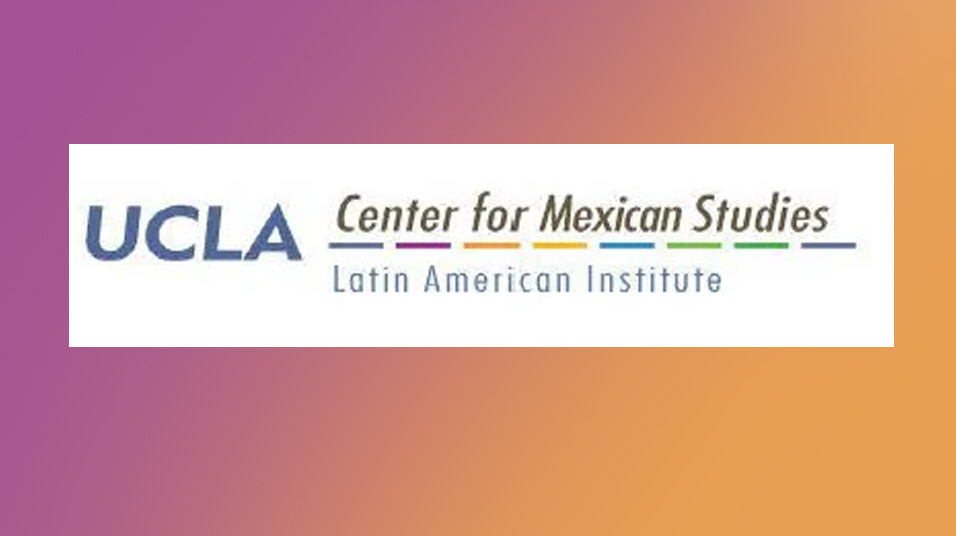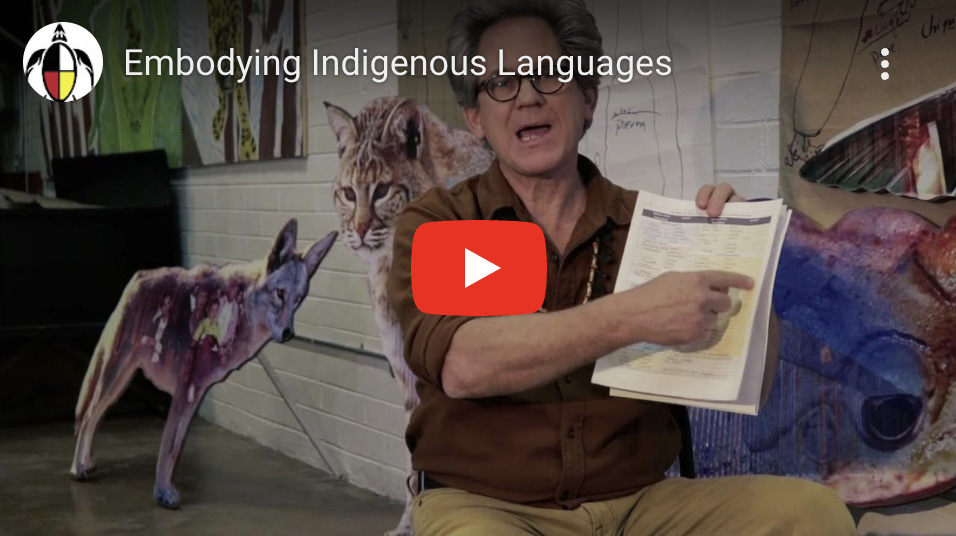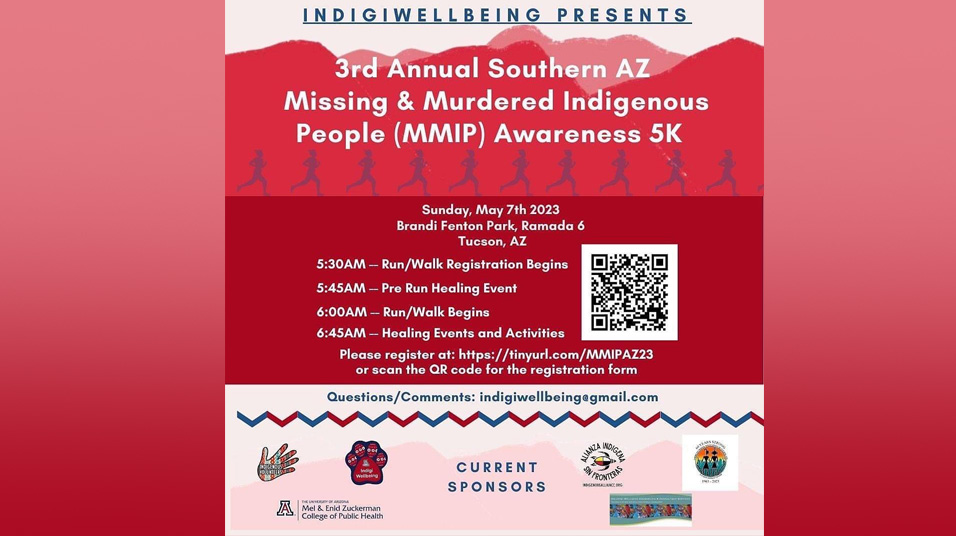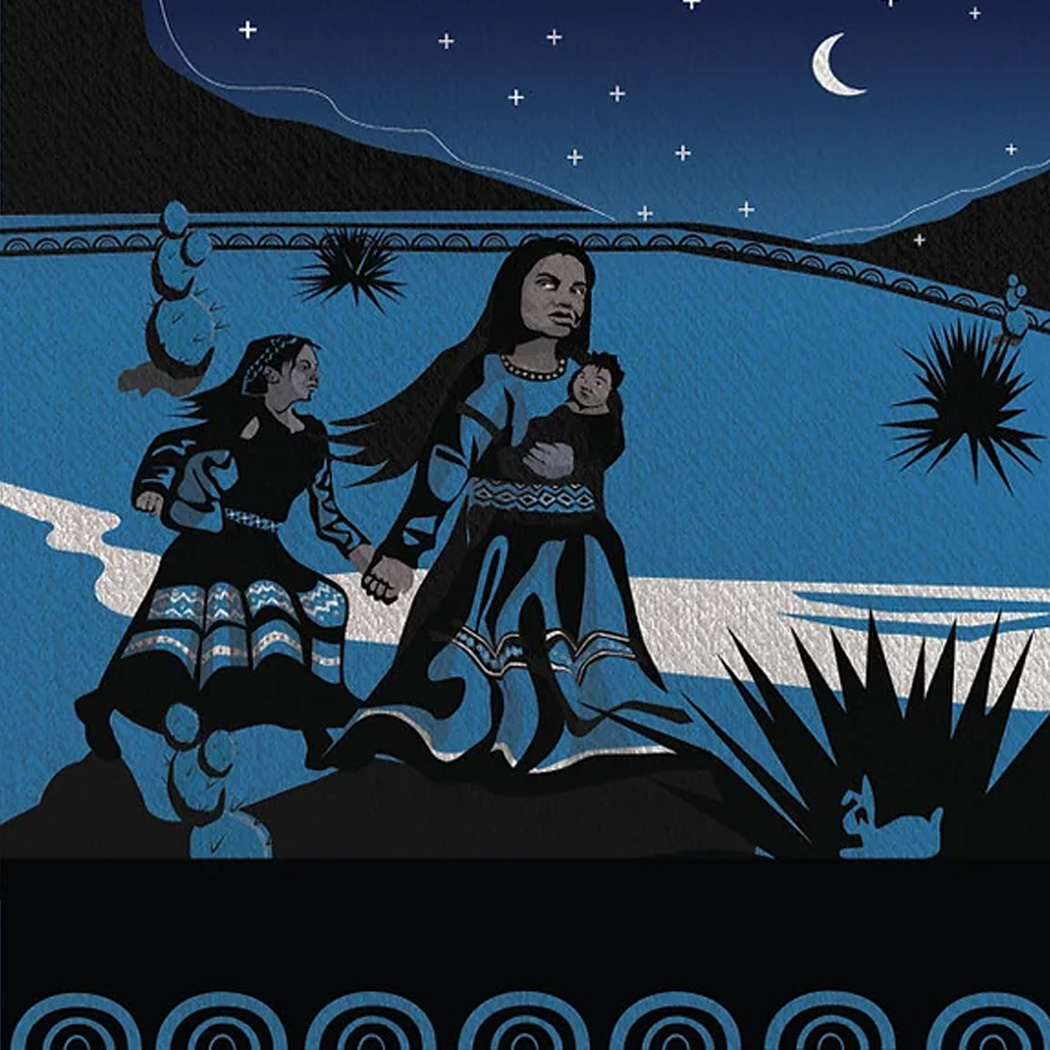The Alianza is the oldest Indigenous rights organization located 50 miles from the U.S.-Mexico border. Founded in 1997 to advocate and protect Indigenous rights ...

their right to self-determination, their collective human and civil rights, the rights of sovereignty
and the protection of sacred sites, and the free unrestricted movement across international borders.

26 YEARS OF SERVING OUR INDIGENOUS RELATIVES
Since 1997, the Indigenous Alliance Without Borders came together as a result of persistent law enforcement abuse against indigenous peoples living in the southern United States and Mexico border region. We have since worked together inter-tribally from California to Texas to address these human rights violations that threaten the indigenous right of mobility and passage over the international border line.
Latest News & Announcements
Embodying Indigenous Languages Wins 3rd place in the Professional Division I – Multimedia category of the 2022 National Native Media Awards
PRESS RELEASE Monday, July 25th 2022 The video “Embodying Indigenous Languages,” supported and funded through the Indigenous Alliance Without Bord ...
3rd Annual Missing and Murdered Indigenous People (MMIP) Awareness 5K
Bring your walking shoes, your running shoes and your family to this event! Please register at the link in our bio.We hope you can come be in community with the ...
Our Core Services & Resources
Our Indigenous Alliance Members Are Here To Advocate Your Voice and Human Rights.
The following quick links are for your use and
easy access to obtaining the necessary
information that will help guide you to
what you are in need of.
easy access to obtaining the necessary
information that will help guide you to
what you are in need of.









